Description
Human Recombinant COX-2 Enzyme
This human recombinant COX-2 enzyme is a crucial component in the biosynthesis of prostaglandins, particularly under acute inflammatory conditions. It is induced by phorbal esters, lipopolysaccharides, and cytokines. The enzyme catalyzes the conversion of arachidonic acid to prostaglandin H2, which is the first step in the production of prostaglandins and thromboxanes.
Key Features:
- Inducible Form: COX-2 is the inducible form of cyclooxygenase, making it a significant player in inflammatory responses.
- Catalytic Activity: It converts arachidonic acid into prostaglandin H2, initiating the synthesis of various prostaglandins and thromboxanes.
- Molecular Mass: The enzyme exists as a homodimer with a molecular mass of 70-74 kDa per subunit.
- Enzyme Activity: It exhibits enzyme activity and sensitivity to NSAIDs similar to the non-tagged enzyme, with a Km of 3.6 µM for arachidonic acid.
- Purity and Specific Activity: The product has a purity of ?70% (SDS-PAGE) and a specific activity of ?8,000 units/mg protein.
- Unit Definition: One unit of the enzyme consumes 1.0 nanomole of oxygen per minute at pH 8 and 37 °C.
Storage and Handling:
- Storage Temperature: The product should be stored at -70 °C to maintain its stability.
- Handling Precautions: COX-2 is relatively unstable at room temperature and should be kept on ice (0 °C to 4 °C) during experiments. After initial defrosting, it should be used within one hour to ensure optimal activity.
Precautions:
- Preservative Use: The enzyme contains a preservative (diethyldithiocarbamate) to maintain its stability. This preservative can be removed by standard desalting procedures if necessary.
- Cofactor Addition: COX-2 contains Fe3+-protoporphyrin IX as a cofactor, which may dissociate during purification. Adding hematin (1 µM final concentration) to the reaction mixture can restore maximal enzyme activity.
This human recombinant COX-2 enzyme is supplied as a solution in 80 mM Tris-HCl, pH 8.0, with 0.1% TWEEN 20, 300 µM diethyldithiocarbamate, and 10% glycerol. It is designed for research and development use only and should be handled according to the Safety Data Sheet guidelines for safe handling practices.
Reviews (0)
Be the first to review “Cox-2” Cancel reply
Enquiry
Shipping & Delivery

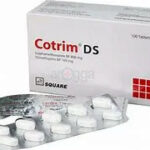
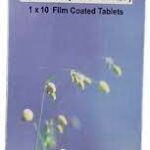
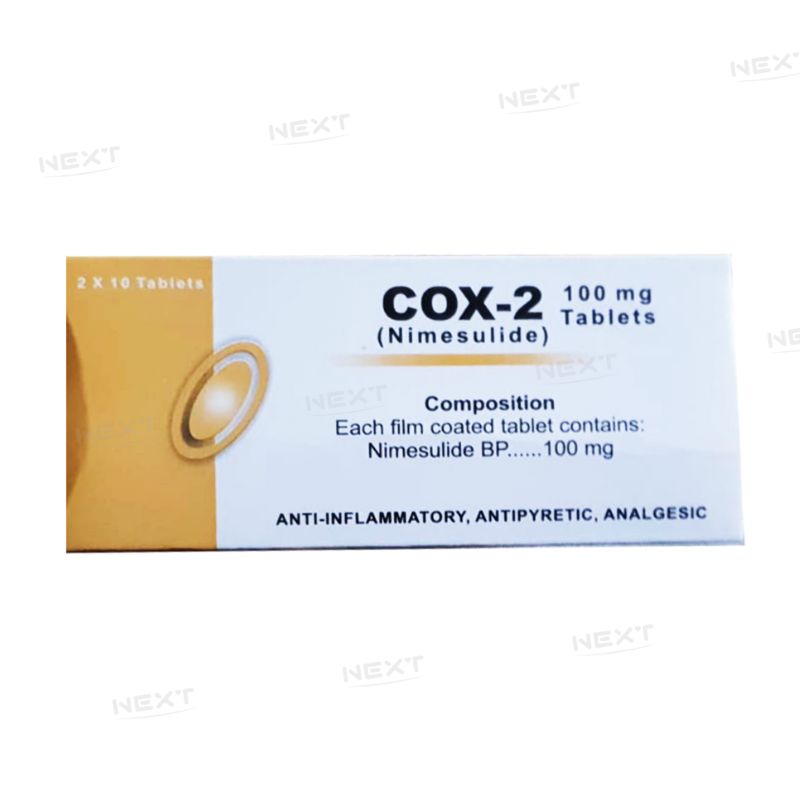
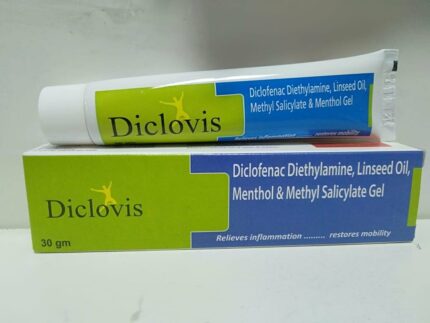
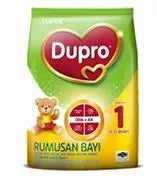
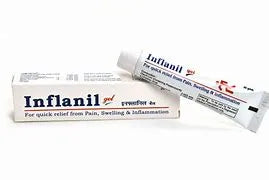
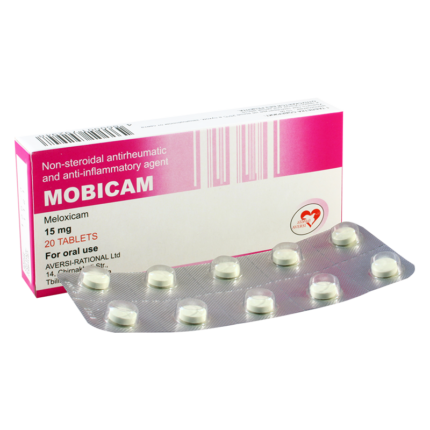
Reviews
There are no reviews yet.